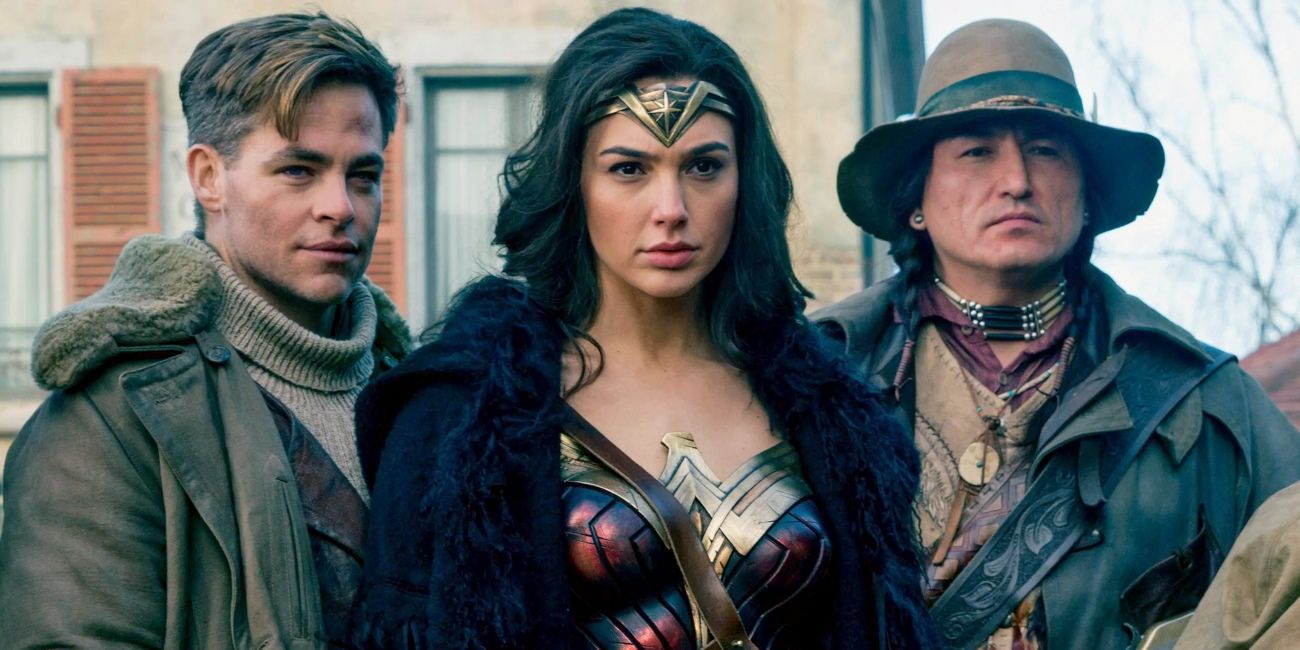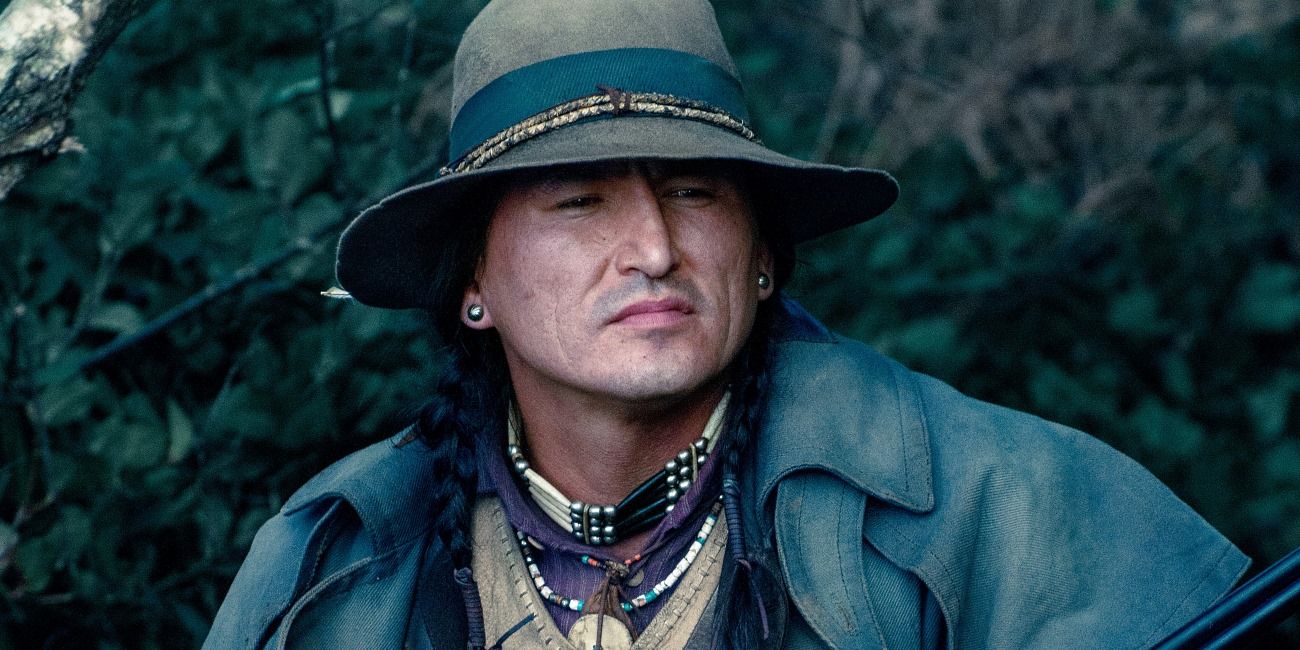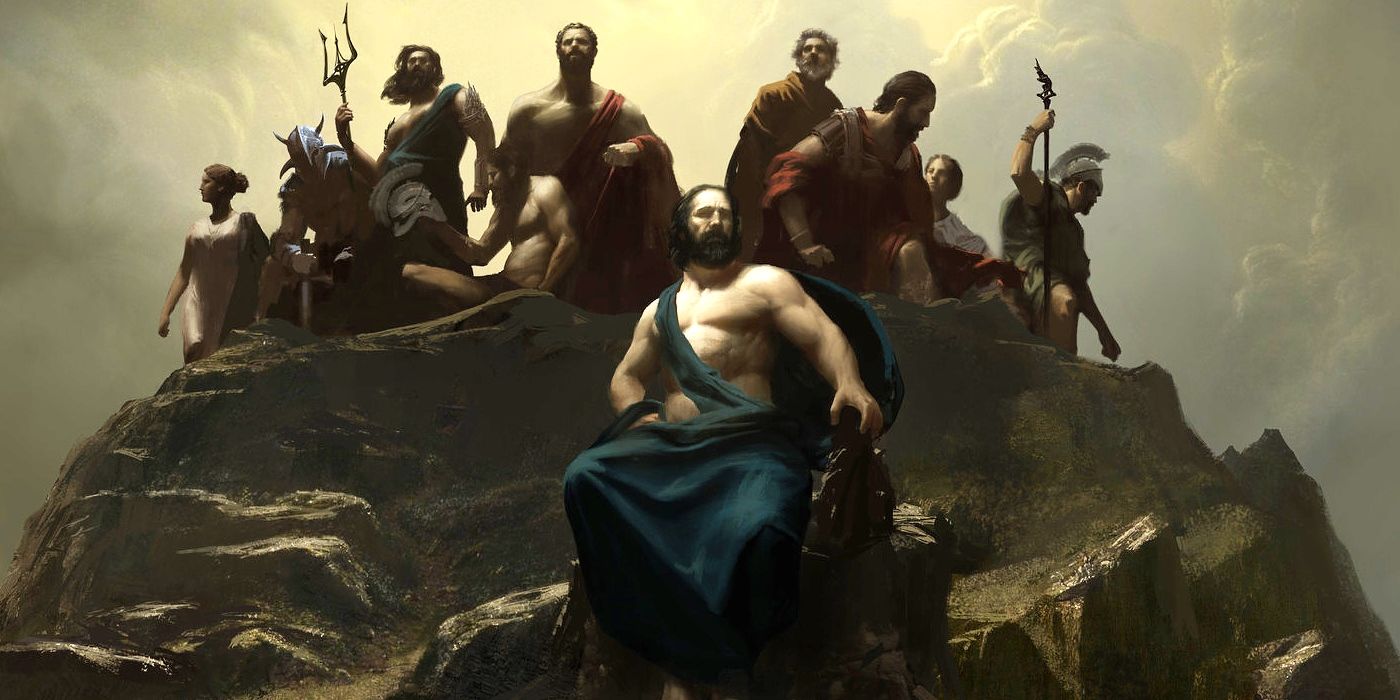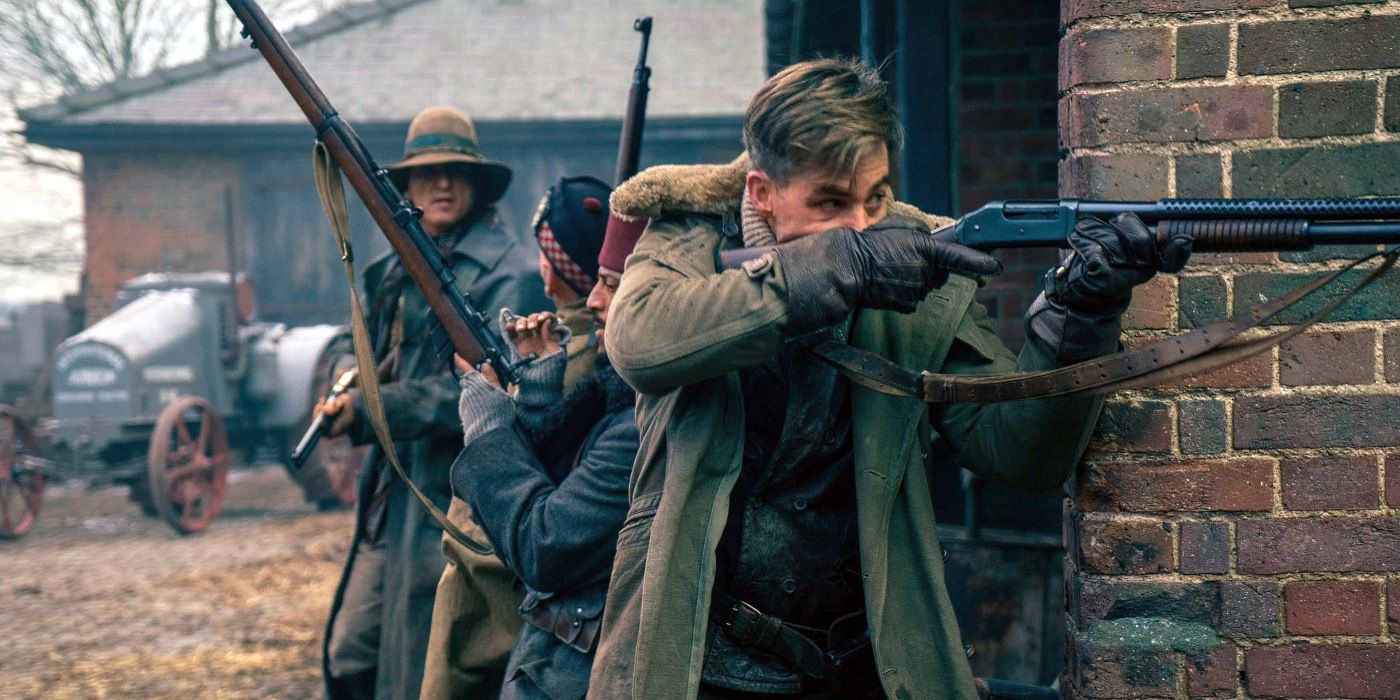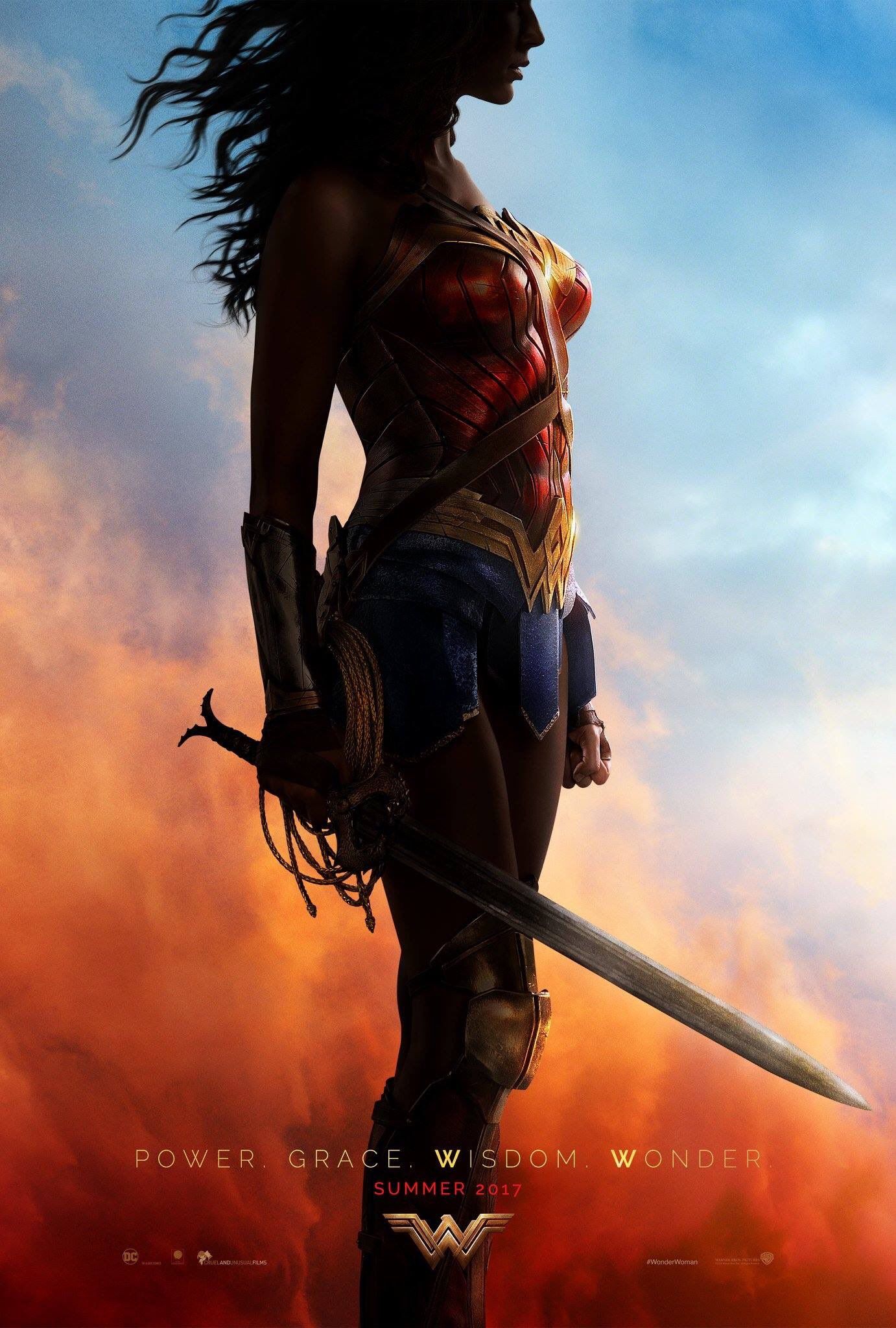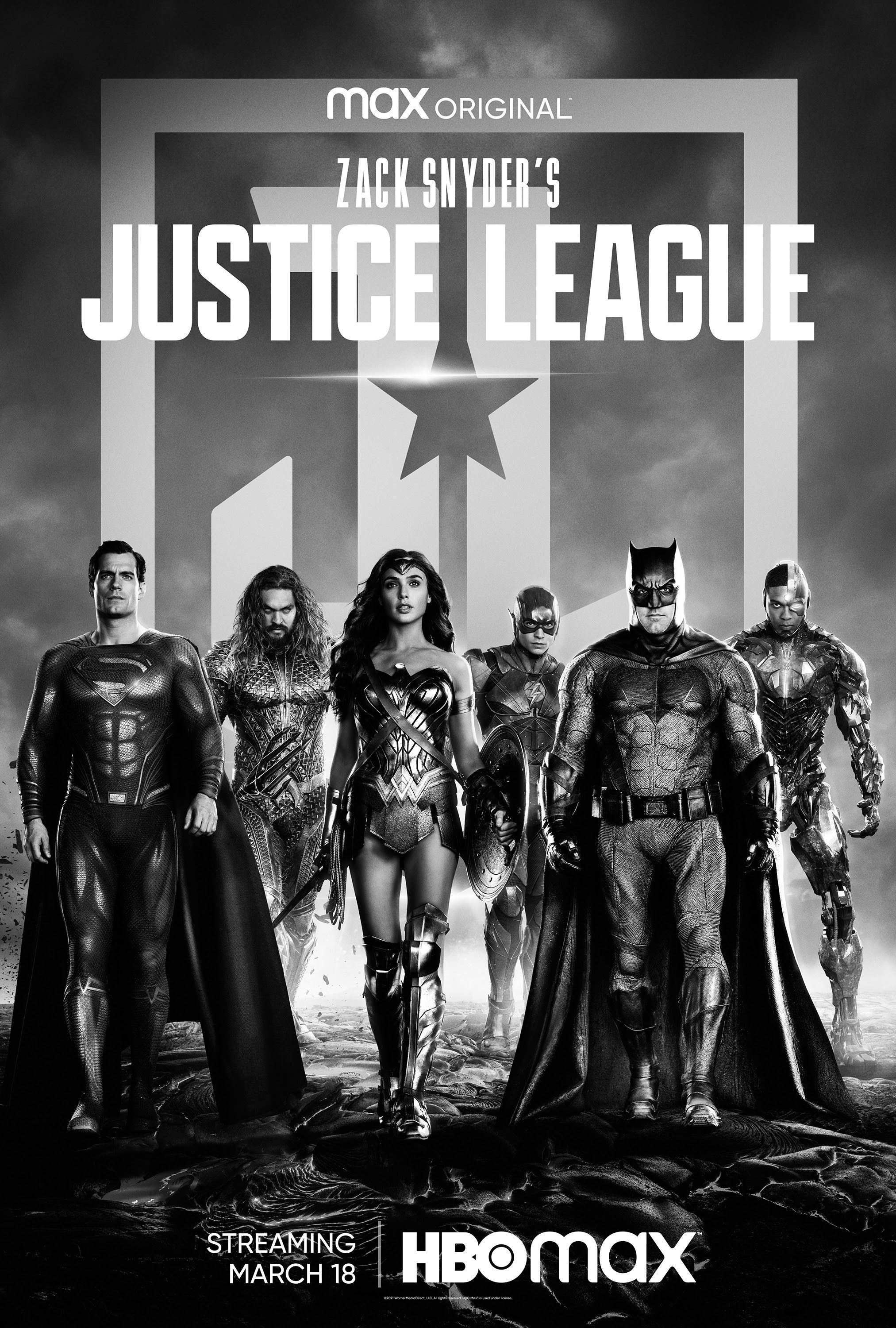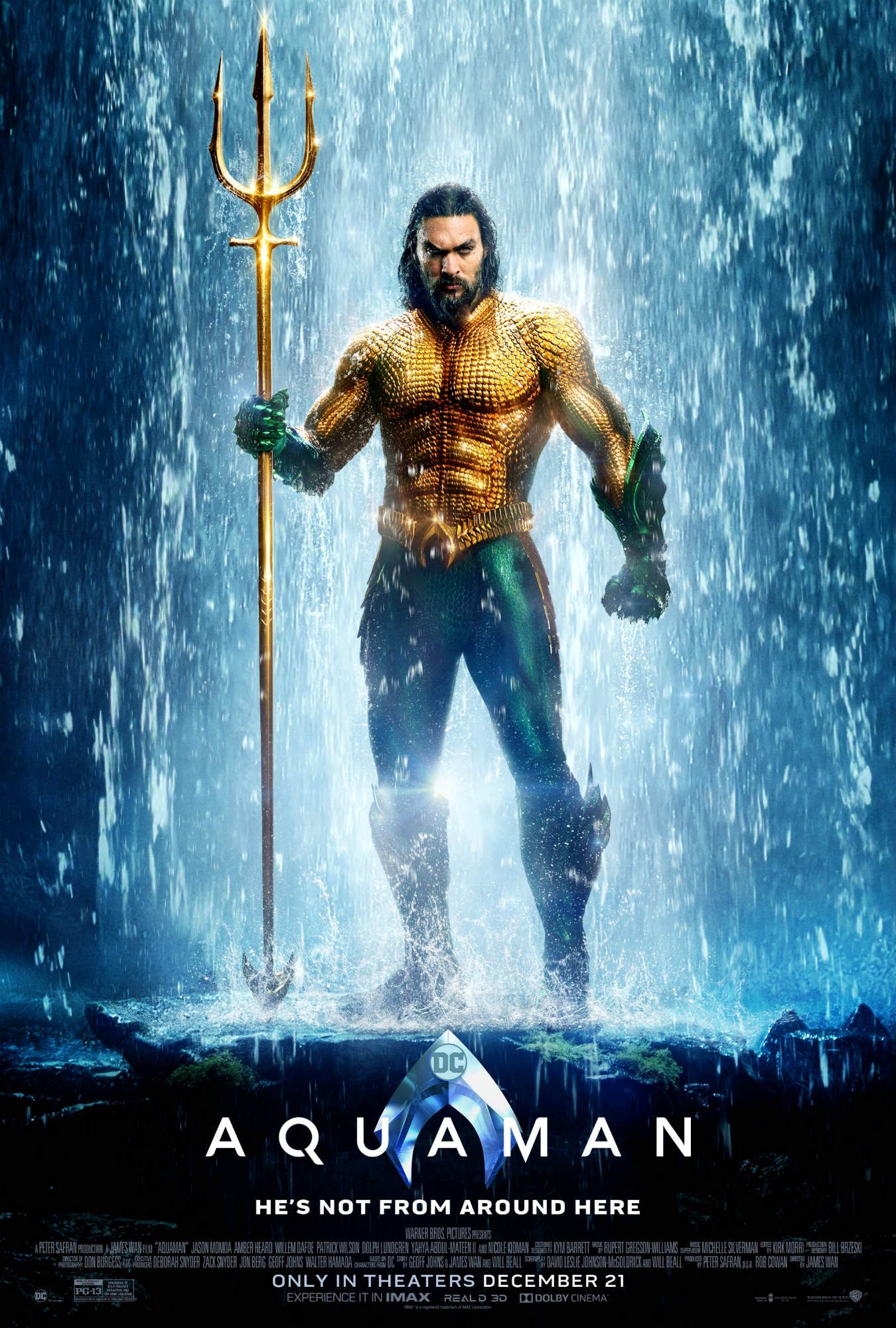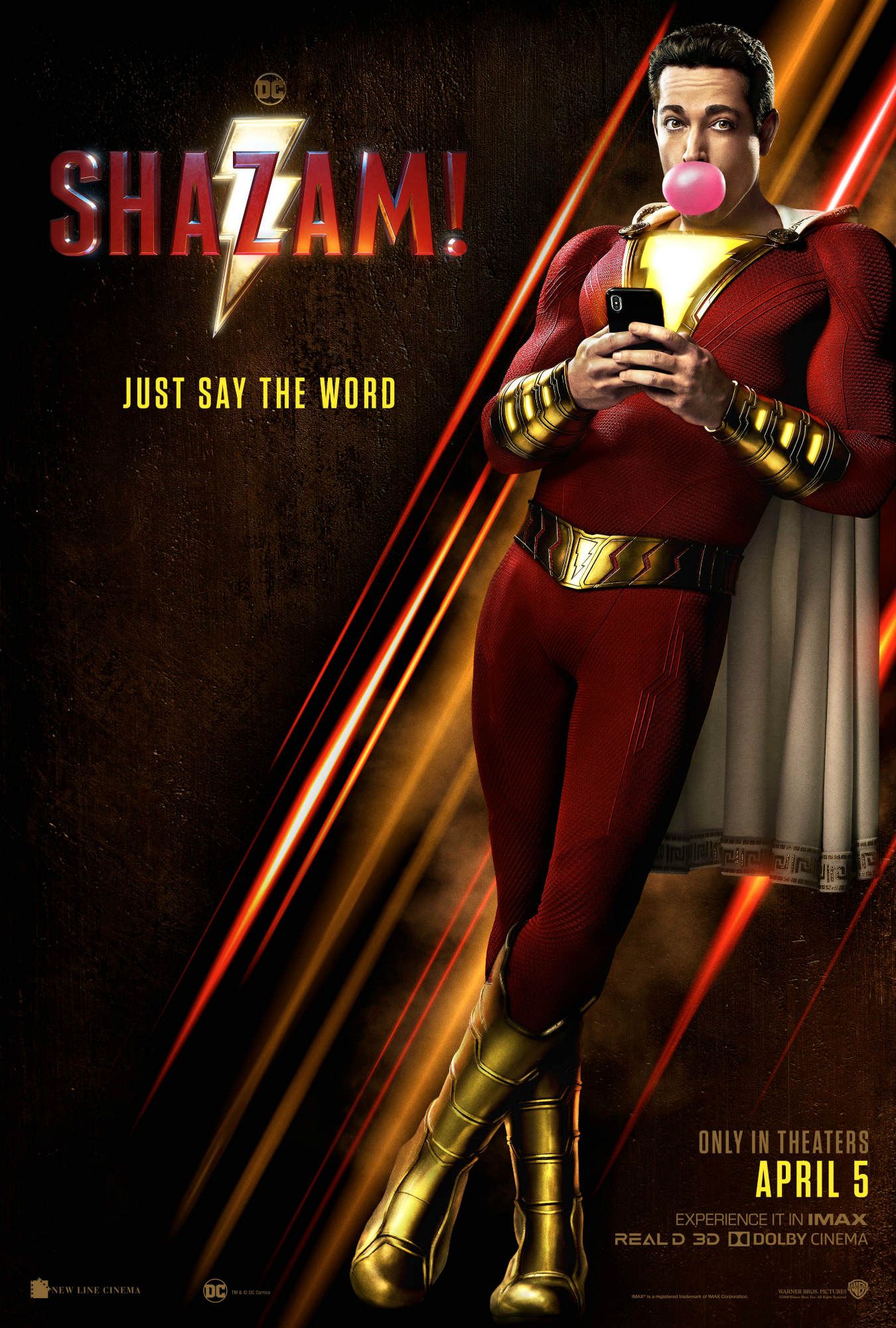It's finally official: Wonder Woman may have been based around the Greek Gods of Olympus, but the movie also introduced a Native American demi-god to the DCEU, too. Those familiar with Native American mythology, deities, creation myths and the Blackfoot language in particular may have been the first to know it, but now all DCEU fans can know the truth about one of Steve and Diana's closest friends. He may seem like a man of few words, but Chief is no man at all: he's the Blackfoot demi-god 'Napi.'
Exactly what that revelation means for the film, potential explorations of the series or movie universe, or gods and demi-gods in the DCEU is hard to define. But whatever the future holds, the displaced 'Chief' of Diana's World War I squadron is a being of divine origins, according to the script and actor. Which means the history of 'Napi' and the ramifications of this fantastic, blink-and-you-miss-it mythology will be required reading for the Wonder Woman superfans from hereon out.
Chief's Secret Identity
The detail was caught early on by a handful of indigenous writers and reviewers (Vincent Schilling of Indian Country Today for one), but was understandably missed by those not fluent in Blackfoot. It was a moment of dignity for indigenous viewers when actor Eugene Brave Rock's 'Chief' appeared in Wonder Woman to begin with, revealed as Steve Trevor's smuggler friend selling goods to both sides of the war. But when he introduced himself to Diana with a traditional Blackfoot greeting, calling himself 'Napi,' those who spoke his language took the real meaning.
He was no ordinary man, but Napi - also known as Old Man among the Blackfoot, a trickster god who is also famous as the world's Creator. He's a touchstone figure throughout most Native American traditions, known by names like Coyote, Nanabozho, and Gluzkap, among others. It was unclear at first if the name was simply a loving touch from Brave Rock himself, or a joke to himself and between he and Diana. But when i09 reached out to Brave Rock directly via Twitter, he set the record straight:
"We wrote [Napi] in the script. And yes "Napi" is a Demi god... Blackfoot culture hero and Demi-god."
A reference delivered in another language is one thing, but as Brave Rock clarifies, Chief's real name being 'Napi' and the interpretation that the character was also the demi-god were in the script. And you don't make that kind of clarification lightly. So, what are fans to take away from this reveal beyond the obvious? Well, Diana and Steve succeeding in their mission thanks to help from a Native American demi-god is certainly the most direct addition to the story. But dig a bit deeper, and it may enrich the broader story of Wonder Woman, World War I, and the DCEU as a whole.
What Does It Mean For The DCEU?
First off, there's the note that Napi is, in this version of the story, a "demi-god" as opposed to what some may claim is the rightful title of Creator God (no mixture of divine and human parents here). That being said, Ares, a 'full-blooded' god treats Diana as his equal, despite her mother being... well, not entirely godlike. So it would seem that 'demi-god' is simply a term applicable to godlike beings of the DCEU actually walking around on Earth (perhaps as part of Lex Luthor's 'Meta Human Thesis' in BvS). Since Napi is known to take many physical forms, he fits that description.
Those looking to the world of DC Comics for precedent aren't likely to find much. The publisher has featured heroes of or tied to Native American mythology, but rarely in the form of actual gods or folk figures. The character of Old-Man-Coyote did appear in Vertigo's Ghostdancing, but considering how little Brave Rock's 'Chief' resembles an actual talking coyote... the connection is flimsy. He's a creation for the film universe alone... though we can't yet know if he will continue his role in Wonder Woman 2.
How It Improves The Movie
The real depth of the detail is in Napi, or Chief's own story as it can now be understood in the film. Director Patty Jenkins elaborated on the character in Wonder Woman: The Art and Making of the Film by explaining that Brave Rock was given freedom to develop his character's look. At the same time, Jenkins acknowledges the cultural stereotypes at play, but points to Wild West Shows of the period as explanation. Native Americans performing in Europe at the time would likely be dressed to that same stereotype... but now there's another reason Chief is dressed in the clothing of a bygone era.
As he explains in the movie, 'His People' in America had been wiped out by that time by Steve's. And while Diana interprets his intentions as merely profit (which he doesn't correct), he is only seen refusing payment later. In other words, Napi has traveled to Europe, now providing sustenance for the victimized, displaced, and enslaved. While also battling those who seek to commit these crimes in an alliance of American, European, and African nations.
The movie or the larger DCEU may not explain why that's so powerful a subplot left out of the spotlight... but now those who spot it can appreciate Jenkins and Brave Rock's work to its fullest.
NEXT: Wonder Woman 2 Treatment Being Co-Written By Patty Jenkins
Source: i09

